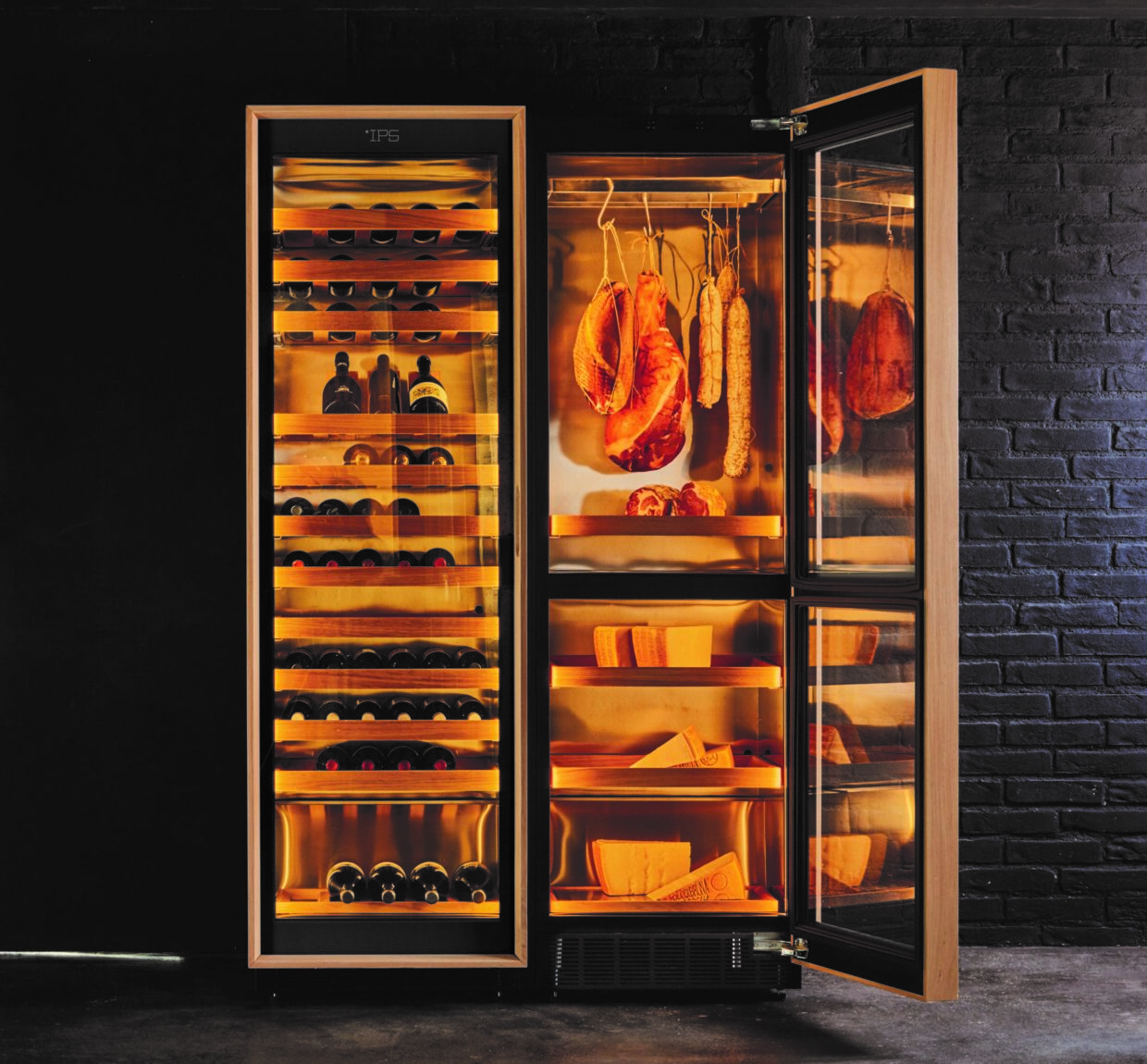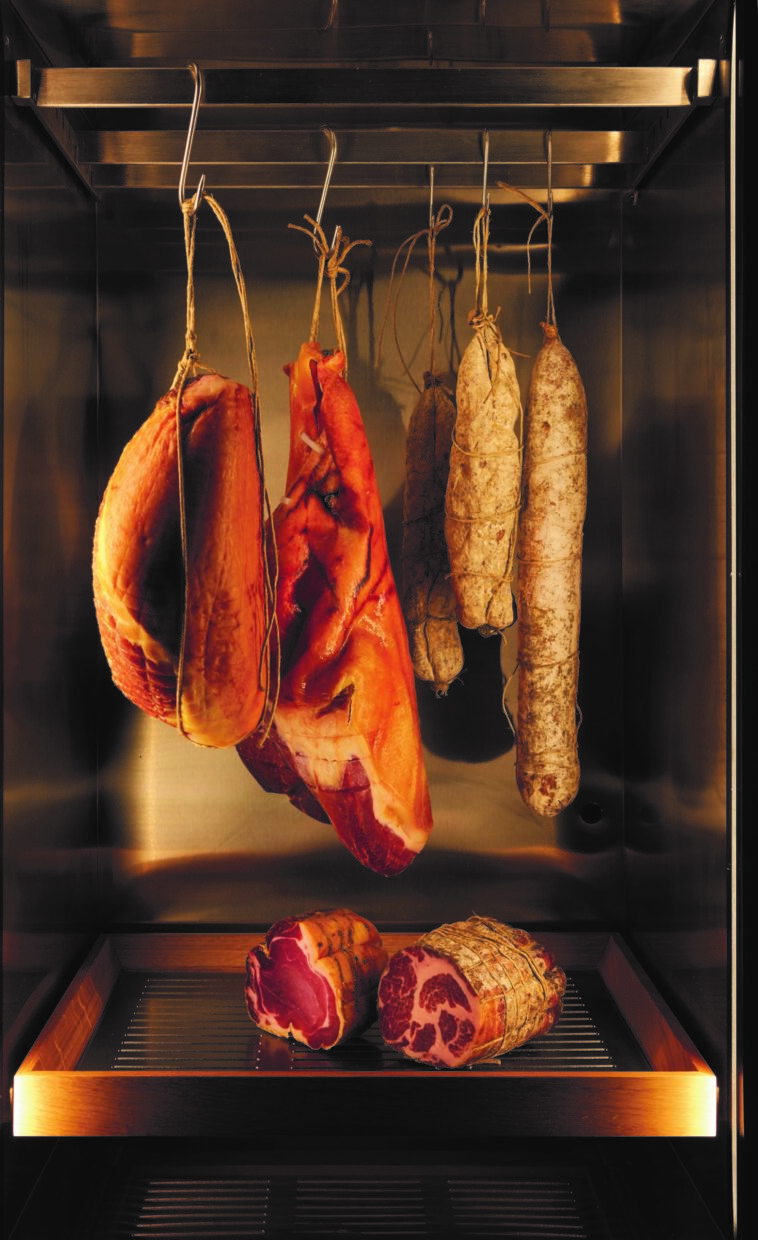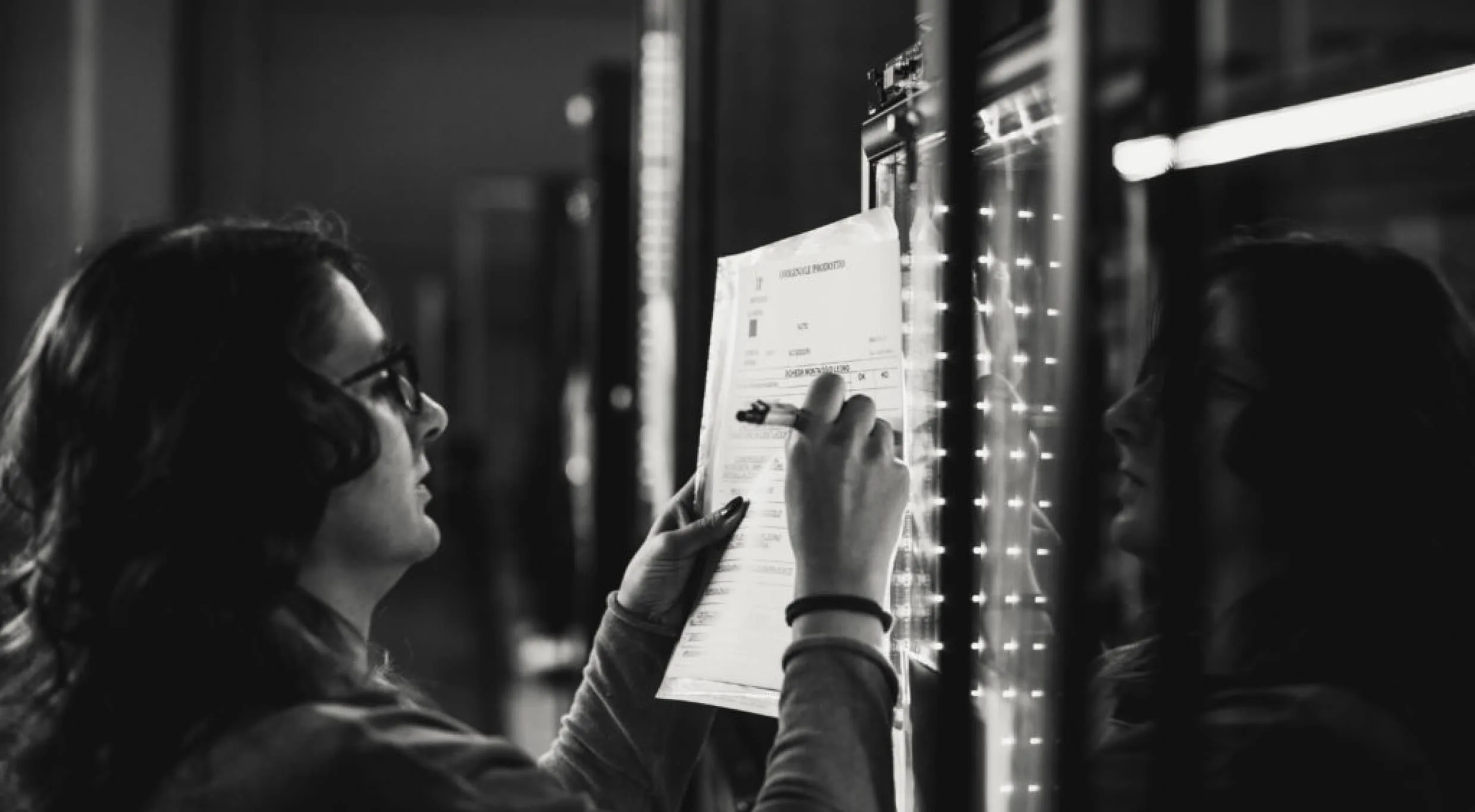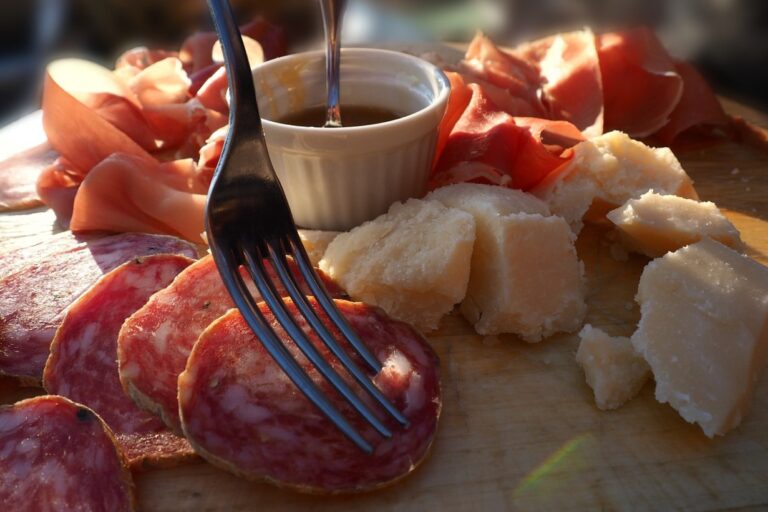Lighting in the cellar: the importance of working on the essentials
The cellar is not a piece of furniture to hide. Our desire and goal was to create a piece of furniture capable of enhancing the content and enhancing the surrounding environments.

Industrial Designer
A question of light
Let’s think about it. How many times have we seen our favorite labels in restaurants or wine shops exposed to artificial lights or sometimes exposed to direct sunlight and UV rays.
Wine is a very delicate product and for good conservation the less direct light and ultraviolet rays it receives, the better its content will be once you taste it.
Exposure to direct light can compromise its quality and alter its organoleptic characteristics, producing a defect defined by experts as a taste of light.
For these reasons, wine, but also cured meats and cheeses as well as cigars and beer need to be adequately stored in places protected from light. And if this is not possible, give the opportunity to create spaces that protect their content. We at IP wanted to ask for some more information about light to Alessandro Andreucci, industrial designer of our wine cellars.
Light as an architectural tool
The importance of light in architecture and design can be seen from the three uses that can be made of it: aesthetic, functional and efficient.
Light has the power to change the visual and spatial perception of any place.
It has the ability to make spaces unique, highlighting architectural and design details and even transform them completely with its “only” use.
Collaboration with IP and the IPS project
The IPS project was born from our passion and the desire to develop increasingly advanced solutions in terms of design, functionality and above all reliability. An expression of Made in Italy, IPS was initially created for high-end domestic use.
“Quality, simplicity and attention to content. These are the 3 concepts on which I focused my research and developed the product. What remained was the essential.”
The collaboration with IP has lasted for several years. The input for the creation of a new project came from Wainer Fantini, owner and production manager of IP.
Returning to simplicity and building a container aimed at emphasizing the content. This was the starting point for the design of the new collections.
Thus was born the new concept of IPS cellars, intended as frames where, as in a painting, the true protagonist is the content inside. The goal was to create a product of excellence in materials to optimize conservation techniques but at the same time to remain simple. What allowed me to continue with the research and development of the cellars were the technological skills, the strong point of the company, together with the craftsmanship and specialization in the sector”.

The use of light in the cellar
Collaborations with important brands such as iGuzzini Lighting and Viabizzuno have made me understand the importance of making places for everyday and domestic use unique and usable to the fullest”.
“The project was based above all on the search for materials suitable for conservation and at the same time harmonious for subsequent use: I thus chose materials such as untreated oak wood or stainless steel, creating a product capable of fitting into different contexts and highly customizable”.
Each accessory of the cellar has been conceived and designed specifically for its content. Various accessories have been created to create an all-purpose cellar, where in some cases they transform the kitchen into a home wine cellar.
“We have thus given the cellar the opportunity to reinvent itself, allowing for example to store glasses, or knives and cutting boards but also given the possibility of creating a mobile bar inside it or the possibility of inserting a blast chiller”.
On the contrary, the distinctive element of the Parma line lies in its ability to be a system: conceptualized as the union of several cellars that can be purchased in sets for wine, cheese, cured meats, cigars and craft beer.

Attention to detail in our wine cellars
“The wine cellar is not a piece of furniture to be hidden. Our desire and goal was to create a piece of furniture, like a tailored suit, aesthetically pleasing, pleasant to use and admire, and at the same time capable of enhancing the contents and enhancing the surrounding environments”.
“When sharing carefully selected wines or foods, it is important to have the right glass, the right cutting board and knives. Everything must be taken care of down to the smallest details. Given its versatility, the wine cellar allows for excellent combinations of use thanks to a refrigeration system with separate cells. They allow you to adjust the right temperatures independently. The harmonious design allows for any type of customization, without changing the elegant aesthetics of IPS products”.
Conclusions
In design and architecture, light is undoubtedly a key factor in obtaining a space that highlights shapes and colors. Thanks to the care for the IPS project, we tried to make people understand the importance of light inside the wine cellars as a hidden furnishing element. For us at IP, having studied and designed good lighting that does not affect the products inside is one of our strengths.
We thank Alessandro Andreucci again for his reflections on the effects of light in everyday life.


